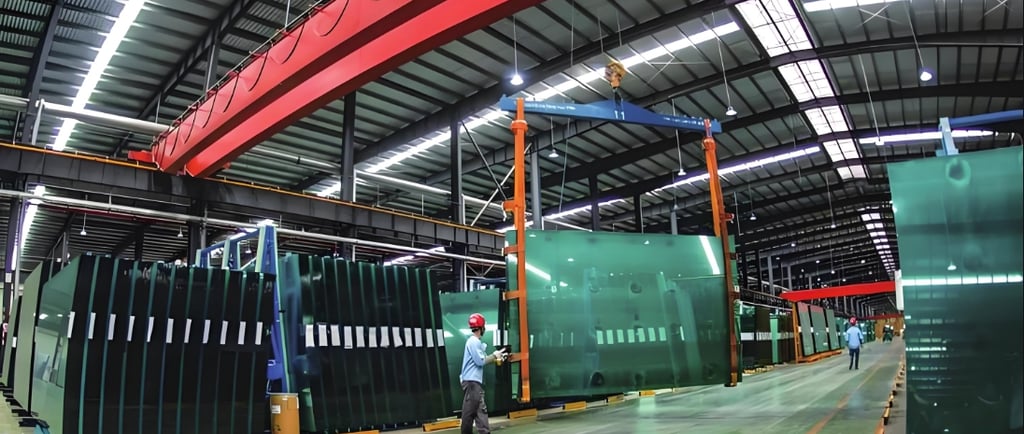Understanding the Challenges of Elevation Changes When Transporting Insulating Glass Units
10/12/20252 min read


The Impact of Elevation on Insulating Glass Units
Transporting insulating glass units (IGUs) from lower to higher altitudes presents distinct challenges that must be thoroughly understood for successful transfer. One significant obstacle is the pressure differential experienced during this transition. For instance, when transporting IGUs from low-altitude locales such as Rio de Janeiro, Brazil, to elevated regions like Cusco, Peru, the implications of changing atmospheric pressure cannot be overstated. As one ascends, the atmosphere becomes thinner, which can lead to complications for these sealed units.
Understanding Pressure Differential in Glass Units
The pressure differential that occurs when moving IGUs from low to high altitudes can result in various problems. Factors such as the mechanical properties of the glass and the seals used play a crucial role in how the units respond to changes in pressure. If the integrity of the seals is compromised due to pressure changes, it can lead to failures, such as gas seepage and eventual fogging of the glass. It is vital to account for these pressure changes during transport and take necessary precautions to ensure the IGUs remain functional upon arrival.
The Essential Role of Capillary Tubes
To mitigate the challenges posed by elevation changes, capillary tubes, often referred to as breathers, play an essential role. These tubes are integrated into the design of IGUs to help manage the pressure differentials and allow for pressure equalization. By incorporating capillary tubes, the sealed units can maintain a level of equilibrium that prevents the buildup of internal pressure. This balance is particularly critical during transit to higher elevations.
The function of capillary tubes is to equalize pressure without permitting moisture or contaminants to enter the insulated space. They allow trapped air to escape, thus minimizing the likelihood of failure when the unit is subjected to altitude changes. Understanding the design and function of these tubes is crucial for those involved in the transport of IGUs from lower to higher altitudes, as improper management of pressure can lead to costly damages and delays.
In summary, transporting insulating glass units from low to high elevations involves careful consideration of several factors, particularly pressure differentials. The impact of elevation on IGUs cannot be underestimated, and incorporating capillary tubes is a vital step in protecting these units. Those in the industry must remain informed of these challenges and implement strategies that effectively mitigate risks to ensure the safe arrival of IGUs at their destination.